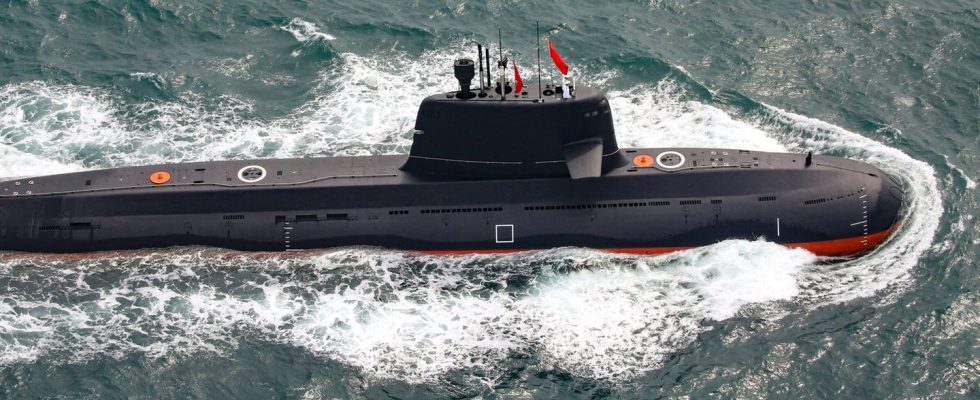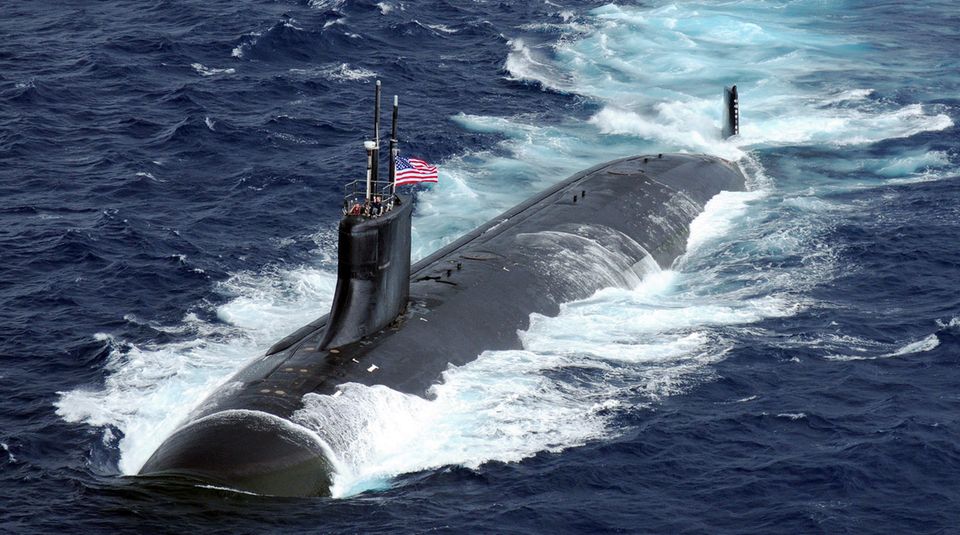Electricity generation
Silent energy source – Chinese introduce thermoacoustic Stirling generator
Chinese submarines already use Stirling generators to generate electricity
©PLA
The Stirling generator was invented at the time of steam engines. Chinese scientists have presented a prototype that has (almost) no moving parts. Because of its noiselessness, the device is suitable for submarines – but also for decentralized power generation.
The Stirling generator is a type of inverted combustion engine. Two “pistons” are connected, there is gas in the system. In one piston it is cooled and contracts, in the other it is heated and expanded – in this way a wave can occur Electricity generation are driven. At least that is the basic principle, which was discovered in 1816, long before internal combustion engines
No noise and no vibrations The engine is shaped like a dumbbell
The Stirling engine fundamentally has a number of advantages. It has only a few moving parts and can therefore be operated for a long time with little maintenance and there are no imbalances. The Stirling generator can work virtually silently and without vibrations. There are many areas of application for this. A Stirling generator can also be used as a heat pump. But the Chinese attempt has to do with a different purpose: This machine can serve as a silent source of energy in submarines. Stirling engines are already used for this purpose today.
Higher performance than before
The Chinese prototype pushes the boundaries of technology because it combines the Stirling generator with a special engine, thus pushing the performance limit upwards. It was able to generate an output of 102 kilowatts, approximately 140 horsepower, from a heat source of 530 degrees Celsius. This set a record. Professor Hu Jianying Technical Institute of Physics and Chemistry (TIPC) said: “The current thermoelectric conversion efficiency is about 28 percent, with a hotter 600 degree heat liquid, the efficiency could reach 34 percent.” This means that the engine comes closer to the efficiency of turbines, but still lags behind them.
Movement through sound waves
What is new here is not only the Stirling engine, but also the associated thermoacoustic linear motor. This converts heat into sound waves that resonate and form a stable sound field. The waves then drive a piston, which in turn generates electricity. “The linear motor maintains a very small space between the piston and cylinder, about the thickness of a human hair. This prevents the parts from touching each other while maintaining the airtight environment inside.” NASA has a patent for such an engine, but has not yet presented a functional prototype.
Electricity generator in the countryside
The prototype is about two meters long and has a shape reminiscent of a dumbbell. The researchers highlight that the engine can use different types of heat, including solar energy, waste heat and biomass. The military use as a silent energy source is obvious, but there is a need for silent power generators in many places, for example on boats and huts. In the civil sector, the potential as a low-maintenance, wear-free generator for decentralized power generation is likely to be greatest. In livestock farming, the machine could convert biomass and waste heat directly into electricity.
Source: SCMP, NextBigFuture



